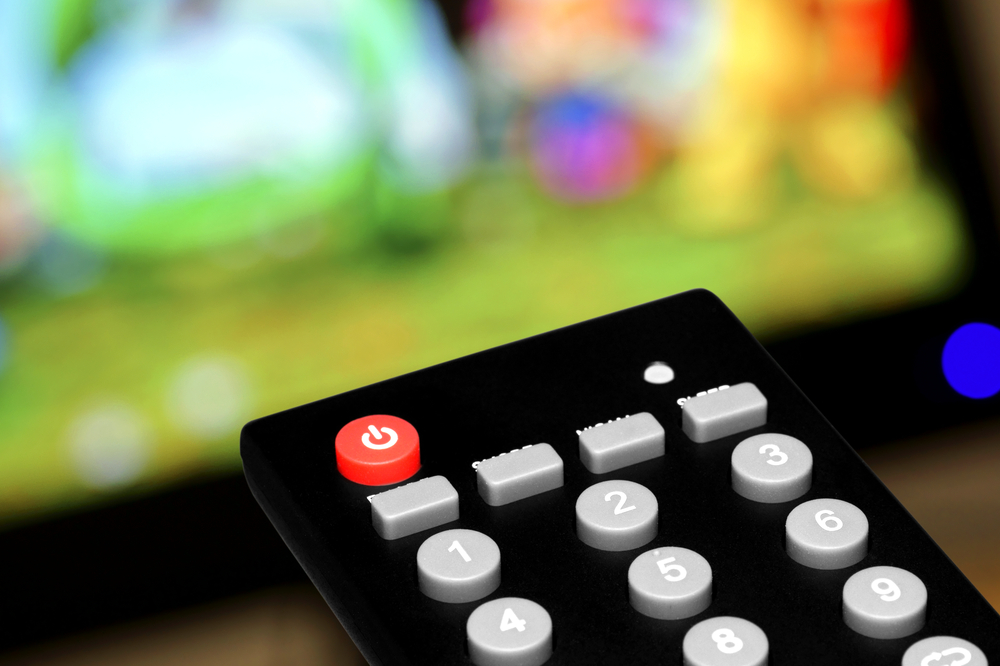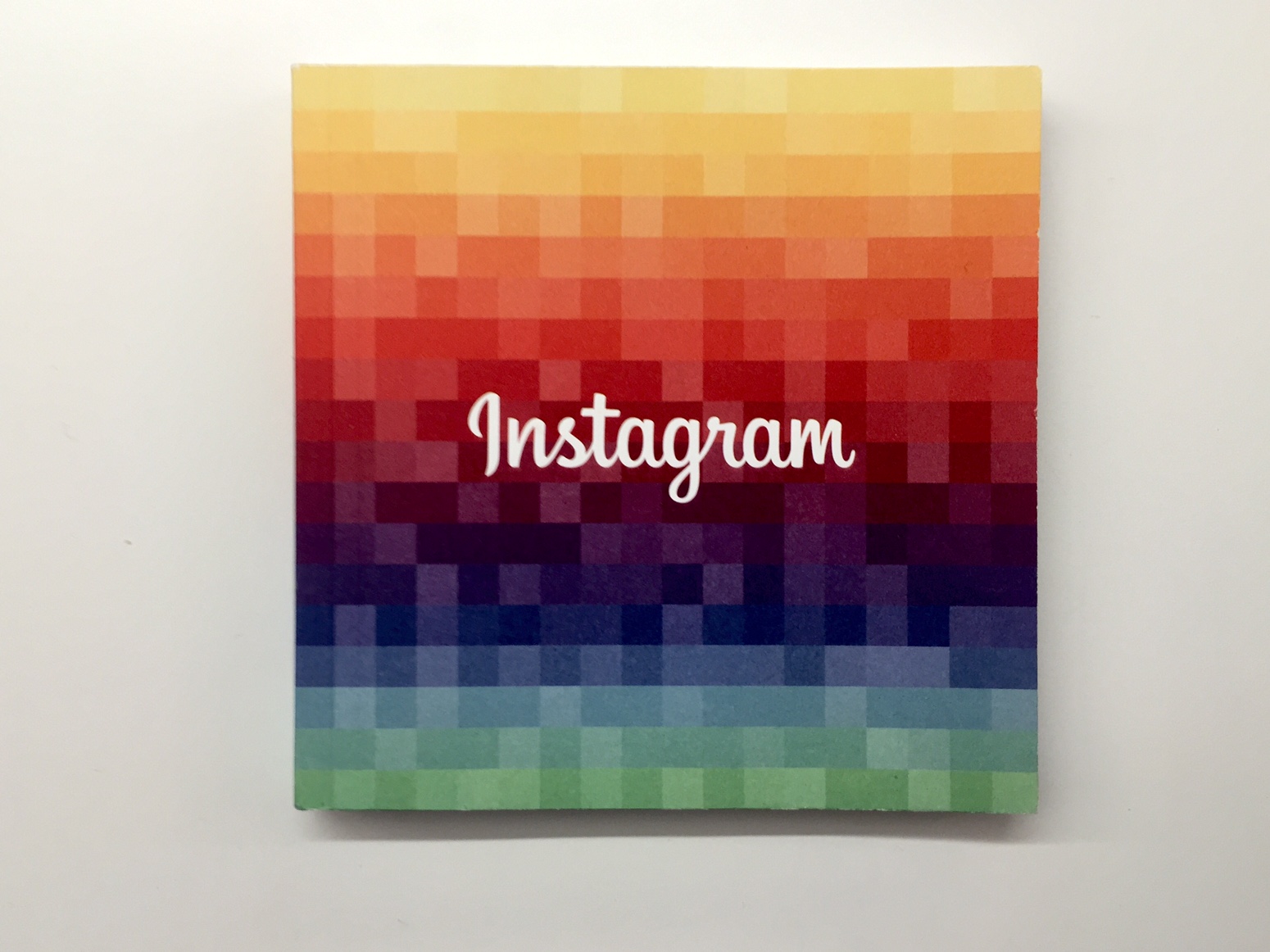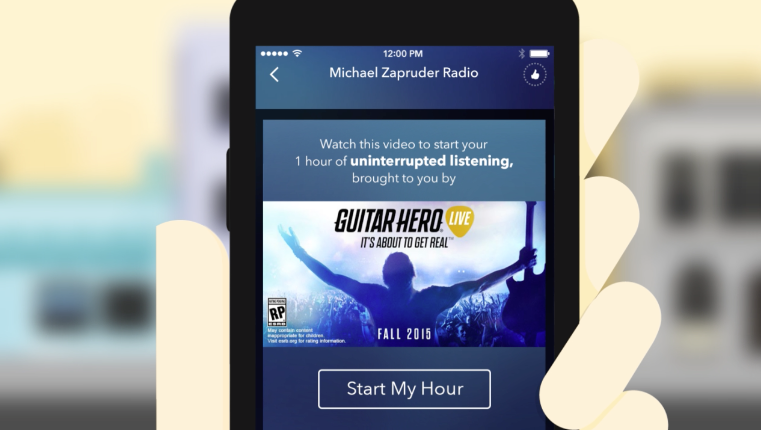What Happened
As an increasing number of viewers become accustomed to the ad-free experience offered by OTT streaming services such as Netflix, some traditional media owners have started to deal with the growing intolerance of ads by trying out new forms of advertising. NBC is set to swap out some ad spots airing during its primetime shows this week with AmEx-sponsored content, which includes extra scenes and interviews with the shows’ stars, all with American Express mentioned before and after each segment.
Similarly, Viceland, the new TV channel from Vice Media in partnership with A+E Networks, officially launched on Monday. The channel plans to carry only half of the normal 18 minutes of ads per hour, while also pledging to make around half of the remainder native ads designed to look like Vice’s editorial content. A number of brands, including Unilever, Mailchimp, Toyota, and Bank of America, have signed on as advertisers on Viceland.
What Brands Need To Do
Both NBC and Vice are commendable for their attempts to deal with consumers’ growing aversion to ads and experiments with new types of ads. At a time when ad blockers and subscription-based streaming services are helping millions of viewers actively avoid ads, it is important for brands and media owners to take measures in response and come up with new ways, such as sponsored content and native ads, to engage with their audience.
For more information on how brands should leverage interesting branded content to earn consumer eyeballs, check out the Ad Avoidance section of our Outlook 2016.
Sources: Bloomberg Business & Wall Street Journal



